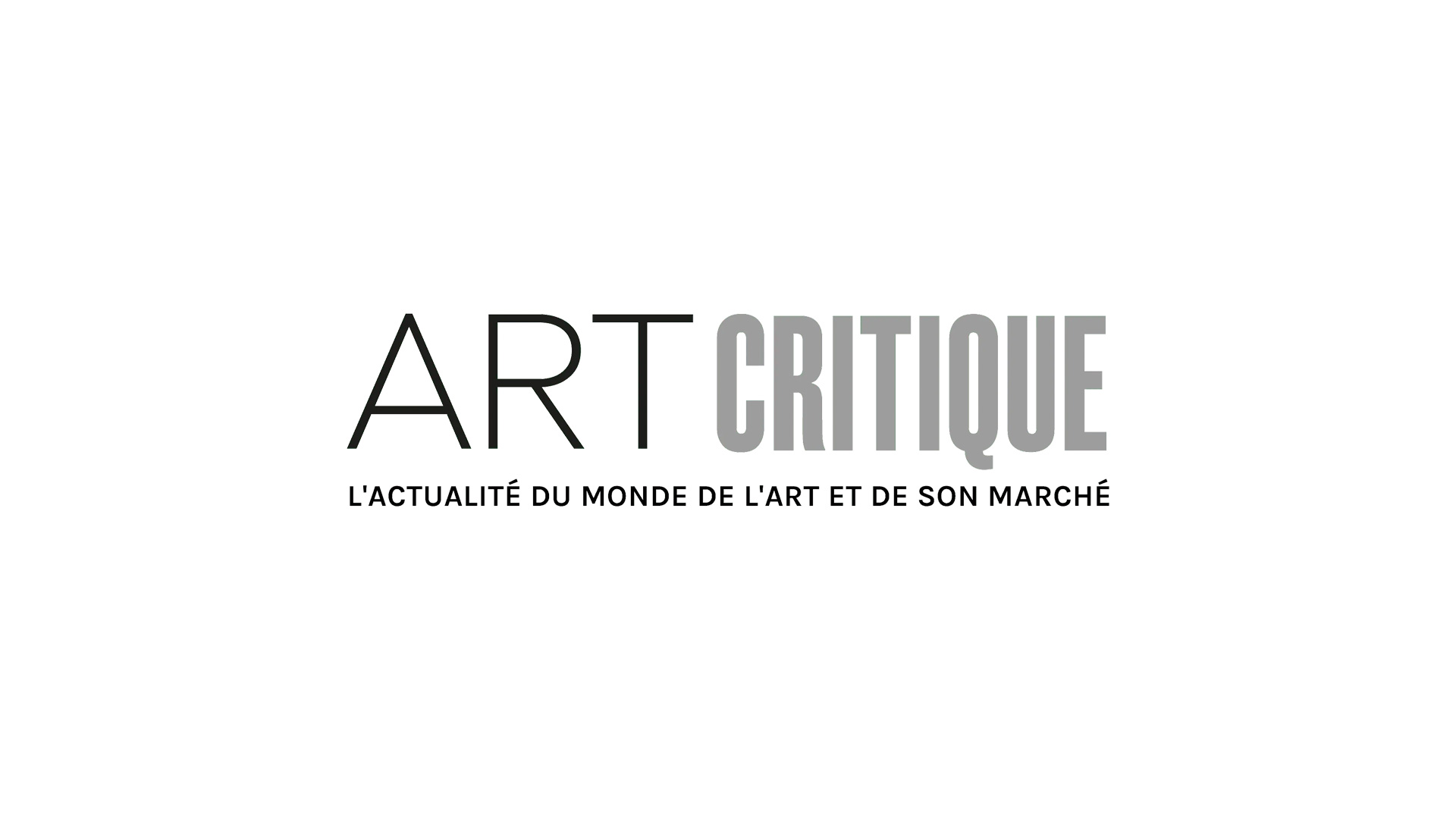About a week ago, Mana Contemporary, a New Jersey-based arts organization founded in 2011, introduced the first phase of their new marketplace concept: Mana Decentralized. As a physical and digital marketplace, Mana Decentralized will allow artists to sell their works directly to buyers, by and large eliminating the middleman.
As of April 28th, Mana Decentralized went live offering more than 4,000 works by a collective of over 400 artists around the world. The first phase of the Mana Decentralized costs artists $10 per month to keep them in the database. With each sale, the artist retains 60% of the profits while Mana Decentralized takes 40%. The launch of Mana Decentralized coincided with the organization’s Spring Open House, which invited viewers and potential buyers to the former tobacco warehouse that now houses a large number of artists and provides them with workspace and exhibition space. The works shown at the open house were all priced between $250 and $5,000. Eventually, when Mana Decentralized moves into the second phase of its launch, the price per month will increase to $20 per month, however, participating artists will then receive 100% of their sales.
The aim of the platform is not only to provide another, more artist-friendly way to sell art but to connect artists with buyers. Mana Contemporary, which has always encouraged interested parties to come and see artists at work, hopes that the Mana Decentralized will also increase accessibility, encouraging a new era of art collectors. Mana Contemporary, though, is not only interested in encouraging potential buyers, but it’s main focus is to empower the artists represented by the organization.
‘As an artist myself, I can testify to the challenges I face daily when it comes to presenting and selling my art,’ said Eugene Lemay, director of Mana Contemporary, in an interview with ARTnews. ‘I can therefore sympathize a great deal with younger artists who are experiencing similar hurdles in igniting their careers […] This is a platform for the artists themselves. If they deal with collectors directly, they control their destiny. It’s giving power back to the artist.’
Since opening in 2011, Mana Contemporary has become one of the largest and most innovative arts organizations in the US. Within the 1920s tobacco factory, which will eventually cover two million square feet, Mana Contemporary offers more than 100 artists services, space for production, and programming designed to strengthen community between the artists. Artists also work alongside practitioners, who work in painting, photography, film, sound, dance, and performance, to foster better understanding of materials and collaboratively tackle difficulties. Throughout the next year, Mana plans to expand to Miami, Chicago, and Los Angeles that will provide a similar network for artists in those areas.





